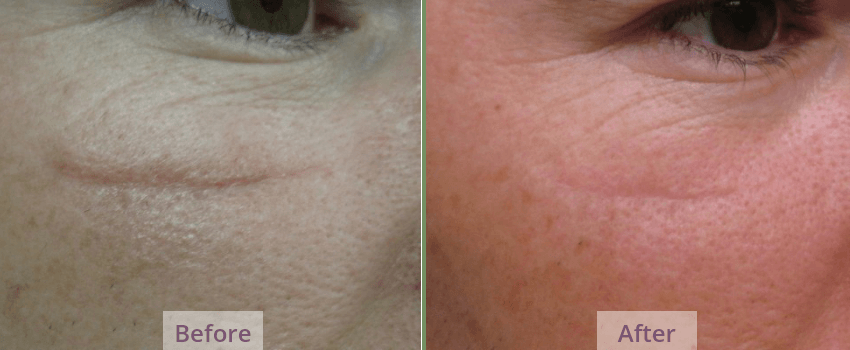
There are a few simple steps that you can follow to treat bleeding from breast augmentation. Your surgeon is the first thing to do. To drain blood and reduce swelling, they may use a draining method. Then, they can administer a blood thinner to prevent further blood loss.
Hematoma
Hematomas that occur after breast augmentation are extremely rare. Although the exact cause is unknown it is believed to be related to a polyurethane -coated implant, friction forces between prothesis surface and surrounding tissue. Ibrahim et al. reported cases of late hematoma in women who had undergone bilateral submuscular silicone gel breast augmentation, while Willens et al. Cases of late bleeding were reported nine to 38 year after breast augmentation.
Although it can be painful, the condition isn't usually serious and will resolve on its own. The best ways to manage hematoma are to avoid strenuous activity, sleep on your side, eat healthy foods, and use an ice pack. In some cases, it may be necessary for the hematoma to be removed twice.

Seroma
After breast augmentation, symptoms of seroma bleeding include swelling, pain, and possibly discharge. These symptoms typically appear between seven to ten days after surgery. Seromas that are left untreated will disappear naturally in a few months or so. However, larger seromas may take up to one year to dissolve. Seroma removal may be required in severe cases. You can manage your symptoms at-home until then.
The formation of seromas is caused by disruption of the blood supply. The disruption of the blood supply causes tissue loss, also known as necrosis. Different surgical techniques may result in seroma bleeding at different rates.
Post-operative bleeding
It is normal to experience minor bleeding after breast augmentation. Although patients should be cautious about excessive bleeding, if it does occur it is rarely serious. After your surgery, if you notice bloodstains on your clothes, cover it with tissue. Normal bleeding is caused by blood leaking from the incision. If excessive blood is seen, contact your doctor immediately.
Many factors can lead to post-operative hemorhage. Post-operative bleeding can be caused by several factors. Compression garments can be used to prevent bleeding after surgery. They are designed to restrict movement and put pressure on the wound. Your surgeon may have to stitch the bleeding vessels if you experience severe bleeding. A higher chance of bleeding is also present if you have a tendency for bruises. For two weeks, avoid taking aspirin or blood-thinning medicines before and after the surgery.

Treatment
After breast augmentation, infection can become a serious problem. If the infection is too severe, the surgeon will remove the implant and wait three to six months before inserting a new one. The costs of treatment for infection are included in the cost of this procedure. Patients should understand that some asymmetry can be expected following the procedure. However symmetry cannot be achieved.
Bleeding from breasts can be quite common. You can treat it by decreasing the amount of blood. The majority of cases resolve on their own, but if bleeding is persistent, the surgeon may need to perform a second surgical procedure to drain the hematoma.